by Jenny Richardson, BHSAI
As a trainer here at Castle Leslie Estate, I see plenty of horse and rider combos that are imbalanced. Optimal saddle fit for both horse and rider is a key factor for being balanced in the saddle. This is important, as the rider needs to be in balance in order to enhance the horse’s way of going. A balanced saddle gives a good bearing surface, and distributes the rider’s weight over the largest possible area. For horse riding holidays at Castle Leslie, we have our riding horse’s saddles checked regularly. Not only for our horses’ welfare, but also so our visiting riders can be totally balanced and comfortable when riding.
Did you know the natural balance point of the stationary horse is at the sternum? The horse while grazing with its head down has most of its weight on the front end. However, when riding, the rider influences this natural sense of balance in order to keep the horse off the forehand, and working in a more uphill fashion. Young, inexperienced horses are often heavy on their forehands, and therefore can feel downhill, unbalanced and uncomfortable to ride; but as a horse becomes better trained, their centre of gravity changes, which becomes more harmonious and balanced with the rider in situ.
Once you have your horse working more uphill, and off the forehand, the rider’s goal of being balanced in the saddle comes to the forefront. Sitting correctly dictates a straight line from the shoulders to hips and then to the heels. This is a concept many riders struggle in achieving. Essentially it can only be achieved if the rider’s pelvis is basically in the same position in relation the rest of his body as it is when the rider is walking. Once this positioning is created (through years of hard work and a well fitting saddle!) the feet, knees and hips and the spine can then provide shock absorption, allowing the rider to maintain balance on the moving horse.
The saddle must fit the horse, but it should also fit the rider. A well fitting saddle should position the spinal column of the rider and the seat bones in such a way as to allow the four natural curves of the spine to act as shock absorbers, and move with the motion of the horse, and this will promote balance of the rider, enhancing the horse’s movement! The angle of the tree in the saddle should conform to the slope of the horse’s shoulder and of course the shape of the horse’s back.
If you enjoy reading about equestrian matters, why not check out Horse & Countryside’s website – www.horseandcountryside.com – lots of horsey news and views! Or, book your horse riding holiday at Castle Leslie today to discover more.

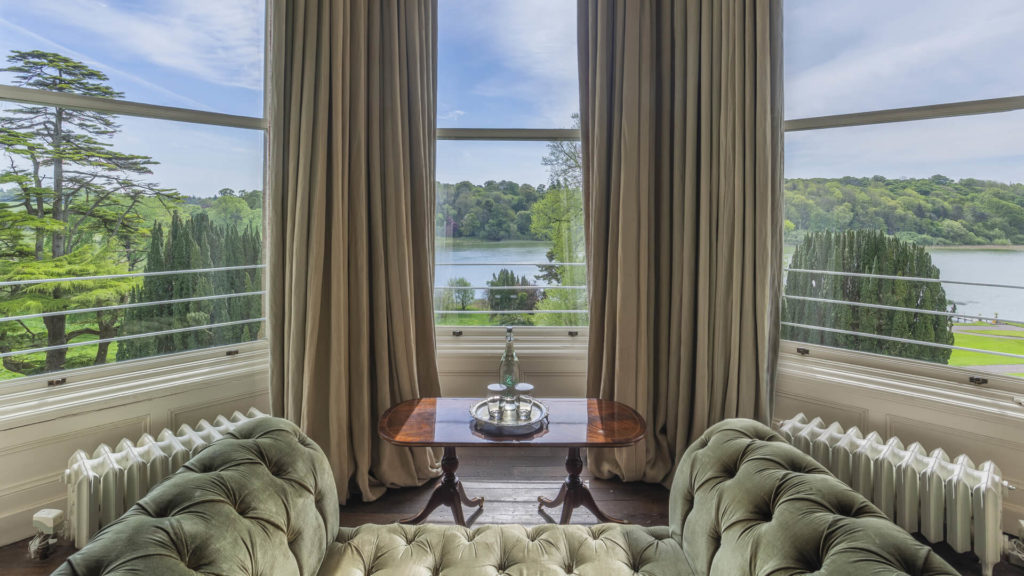
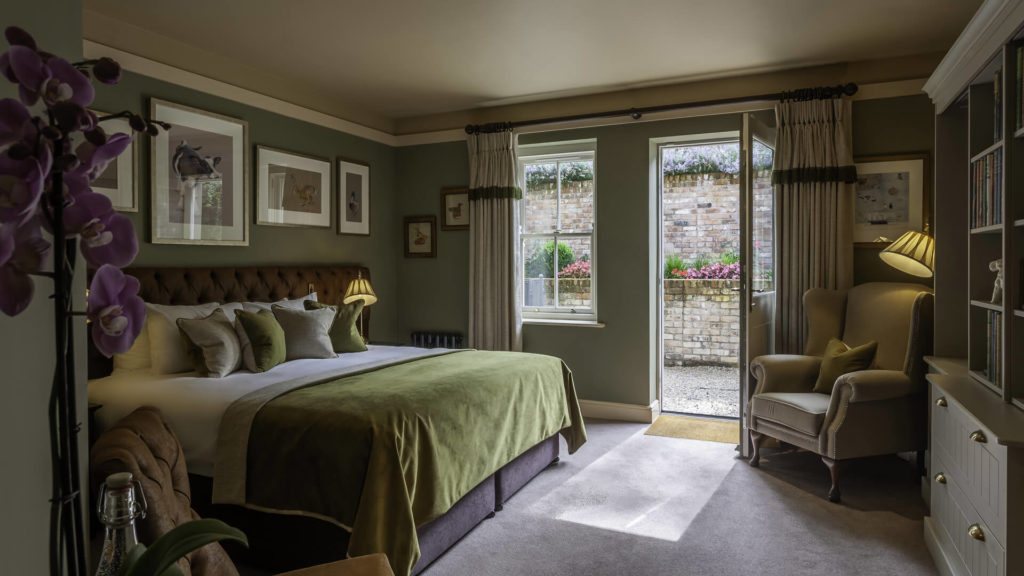

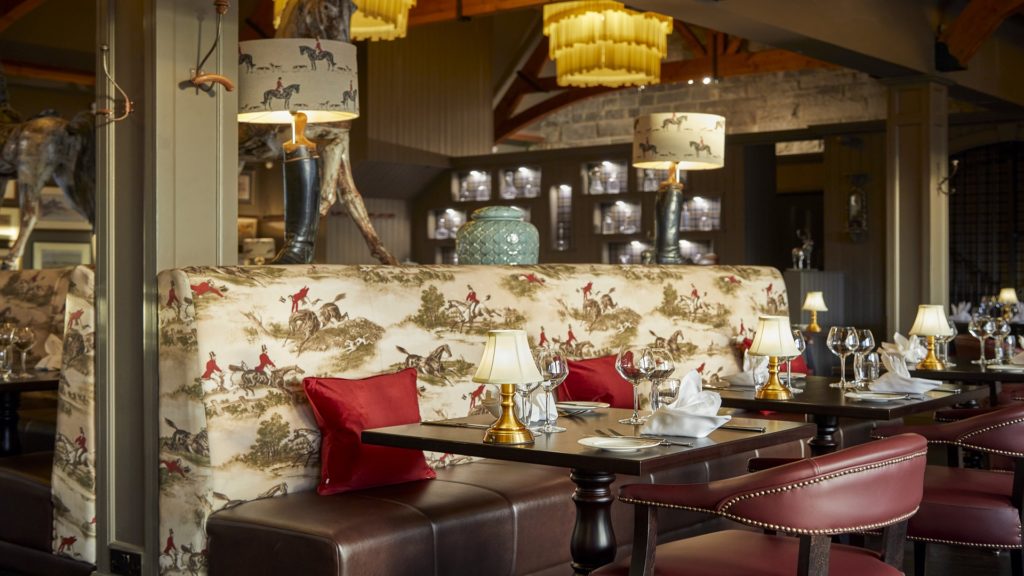
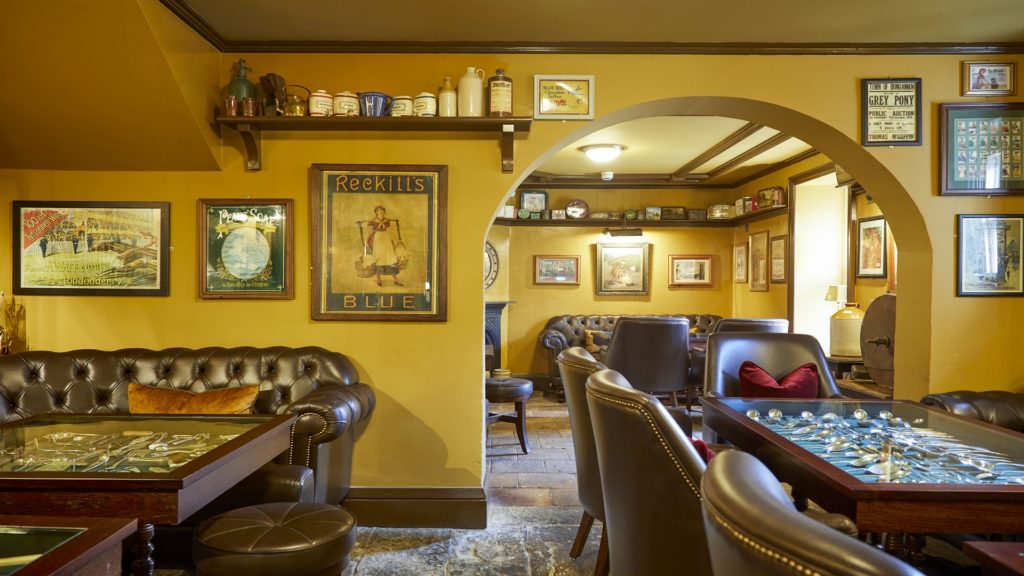
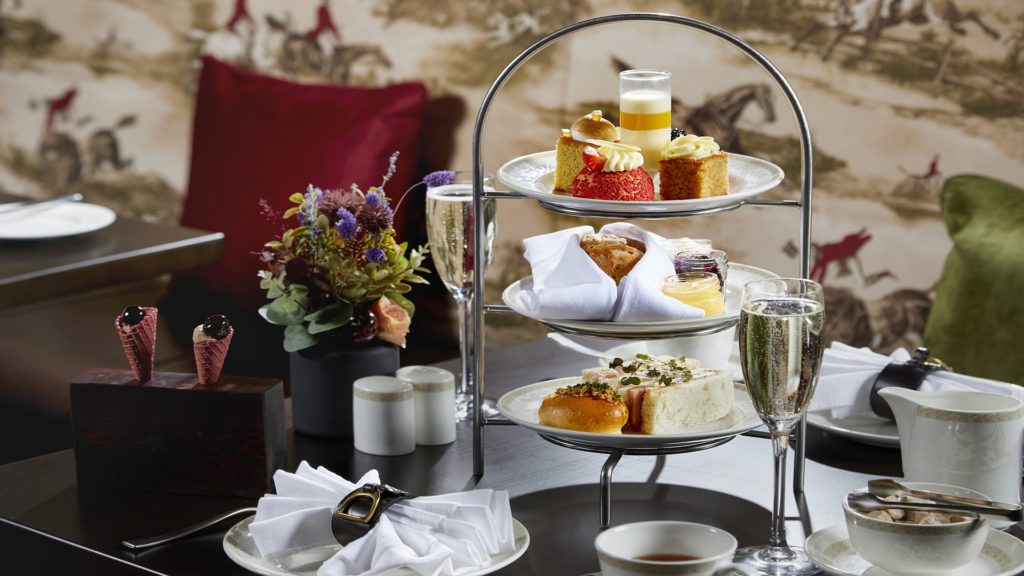

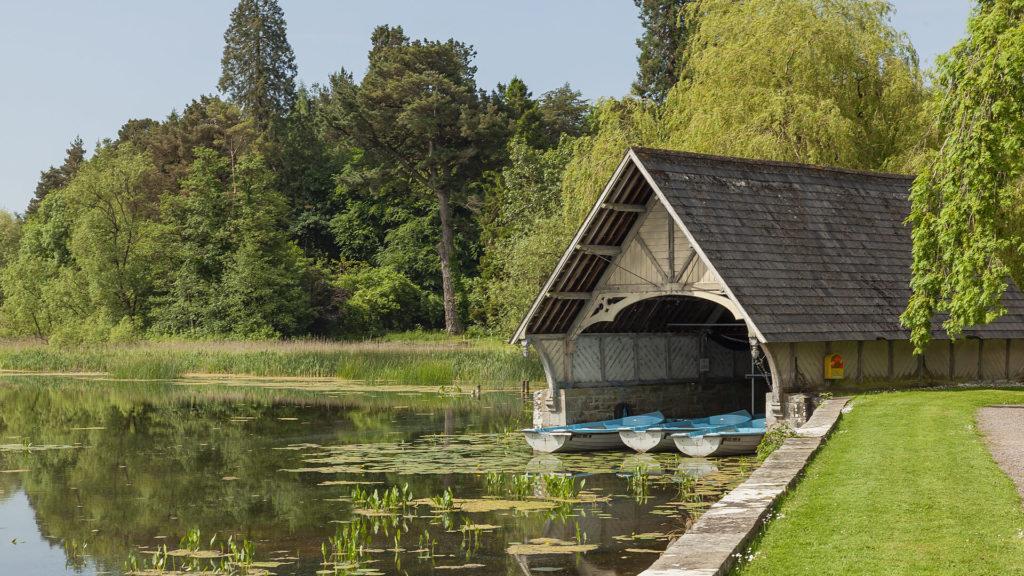
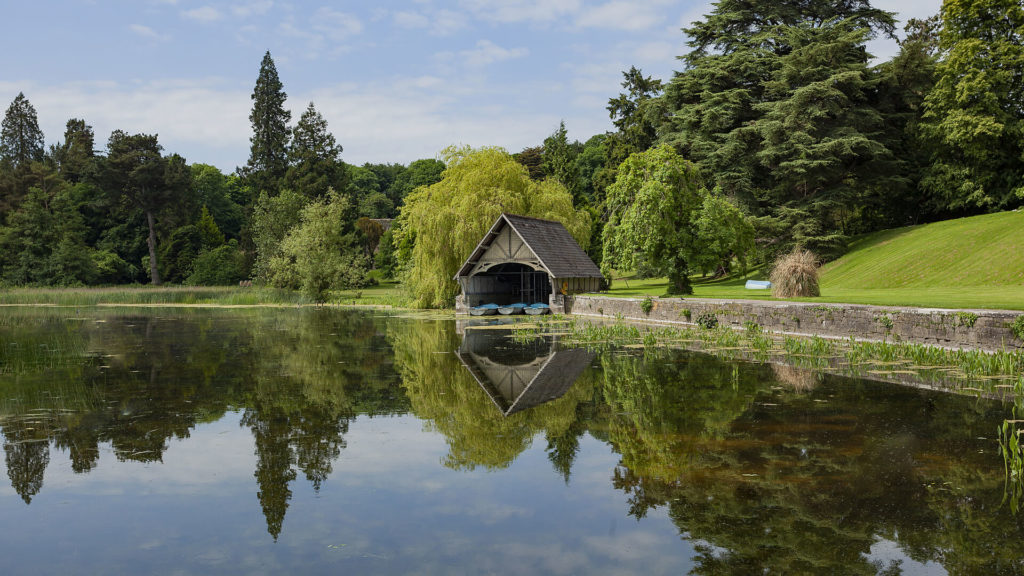
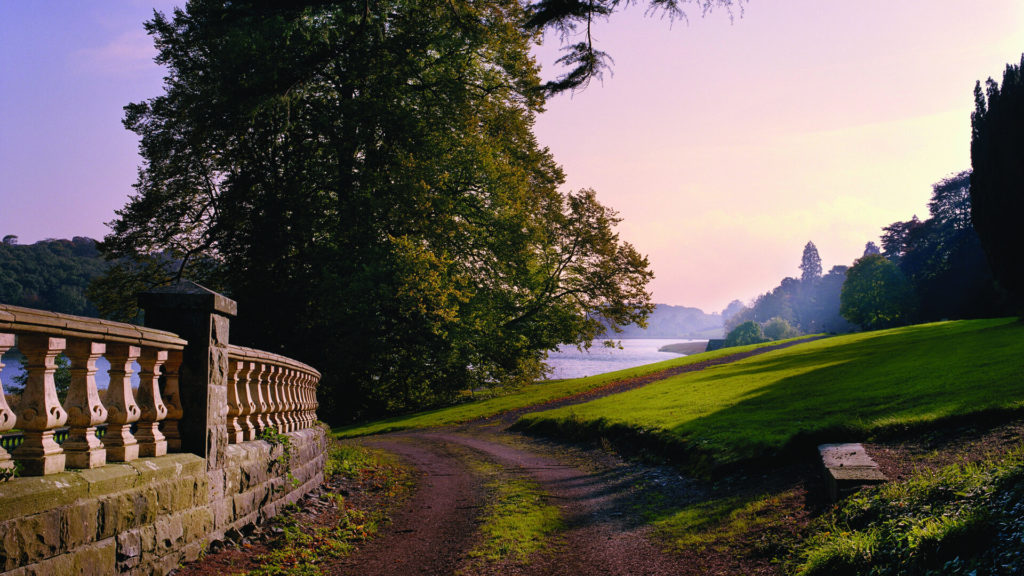
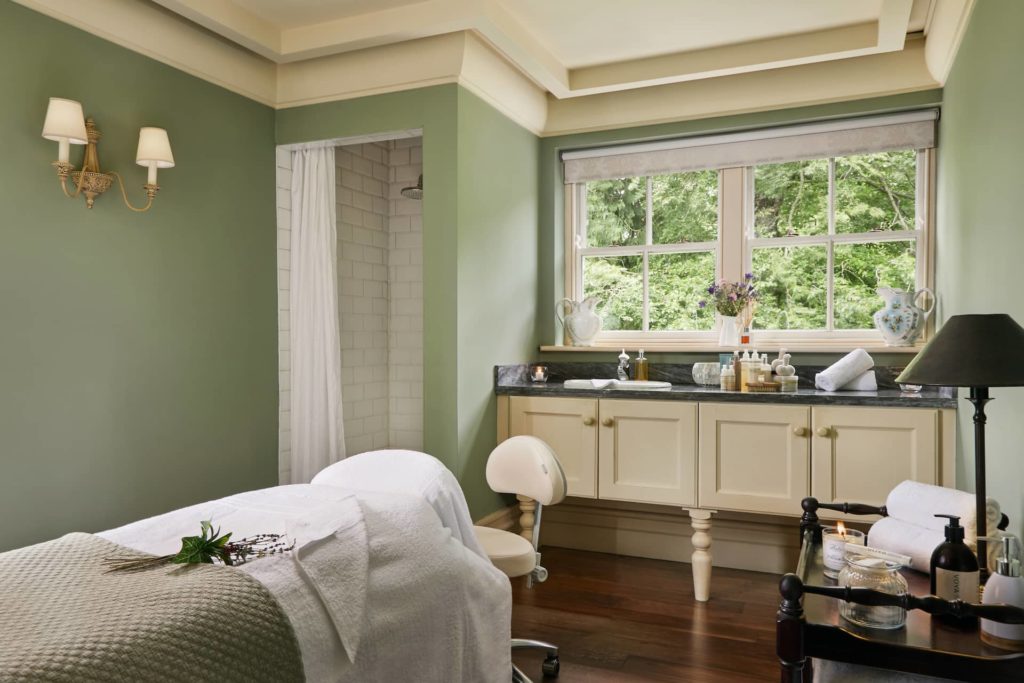

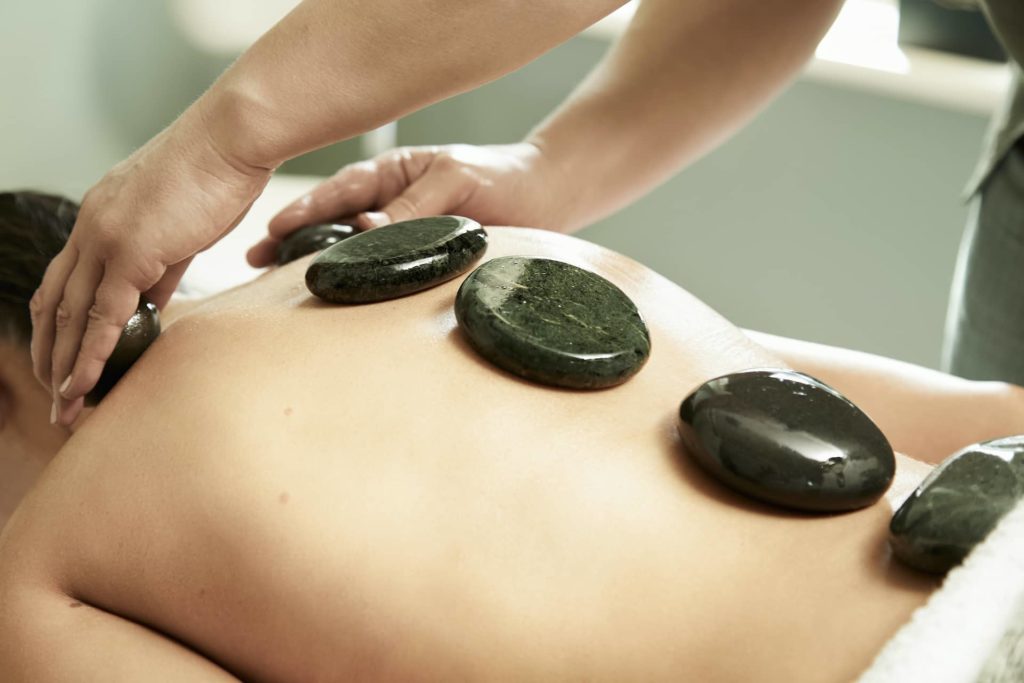
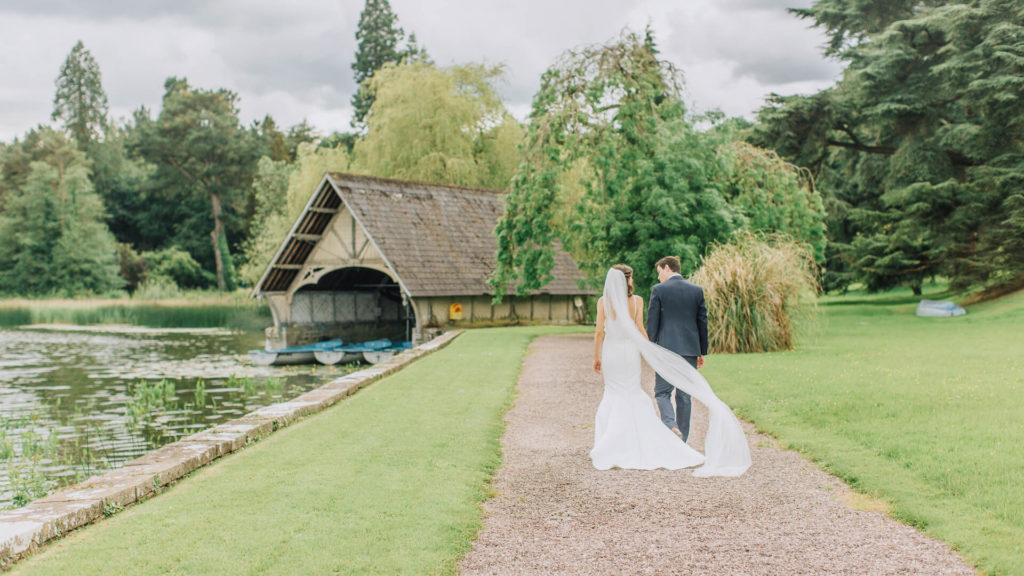
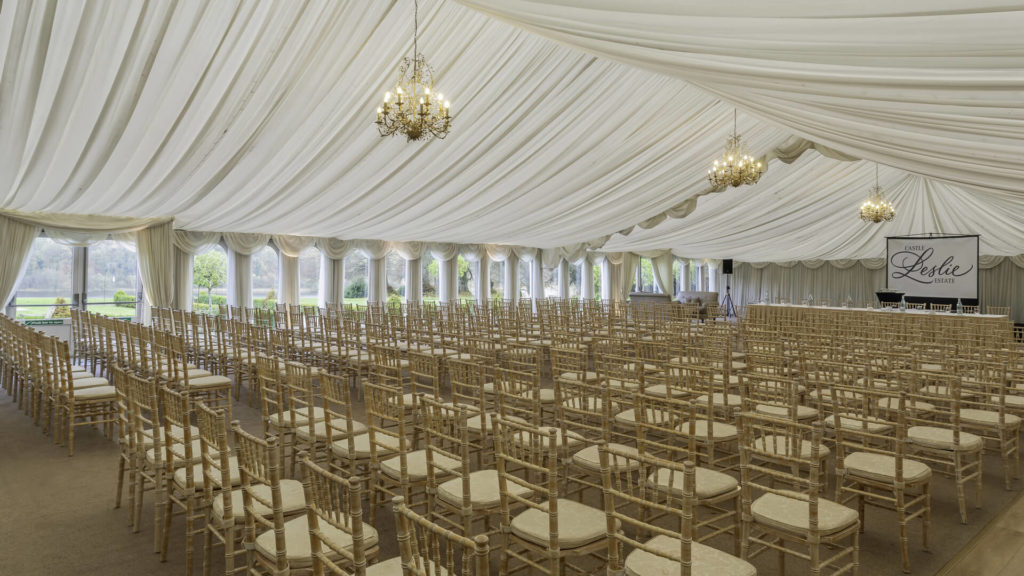

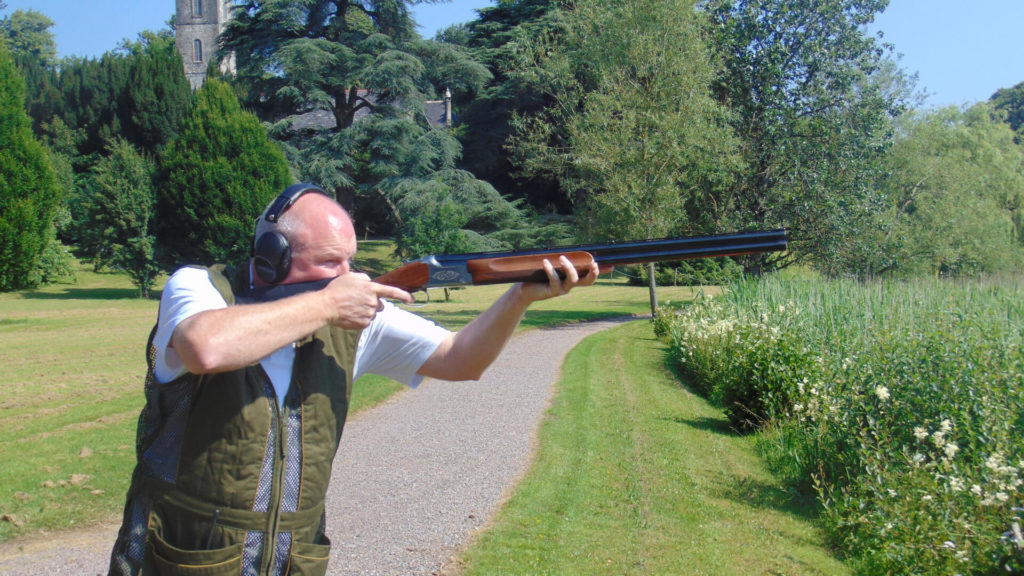




Recent Comments